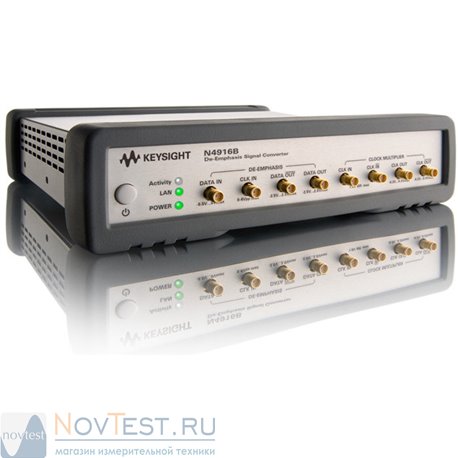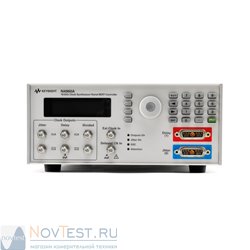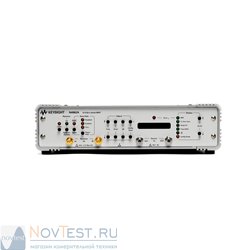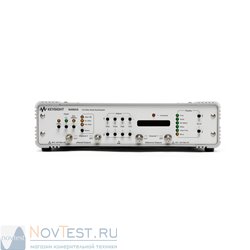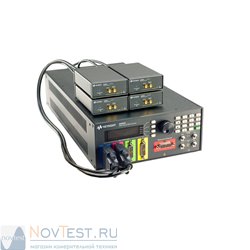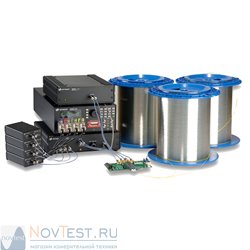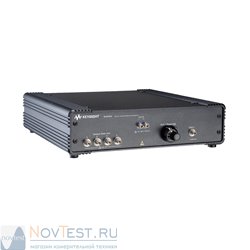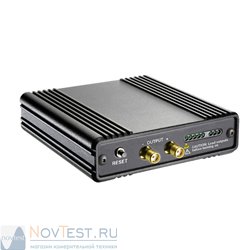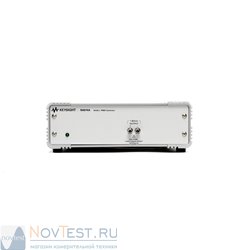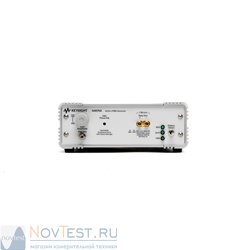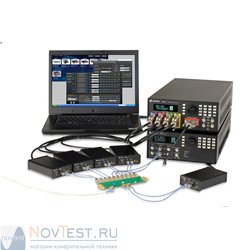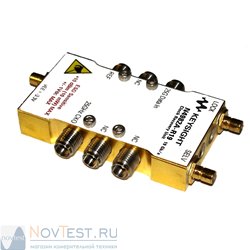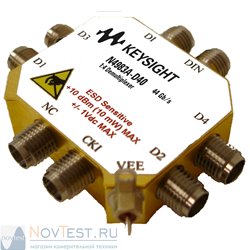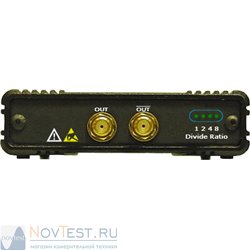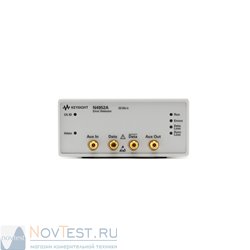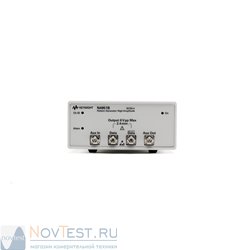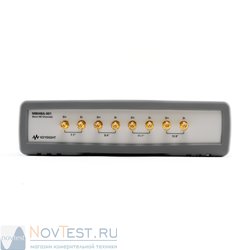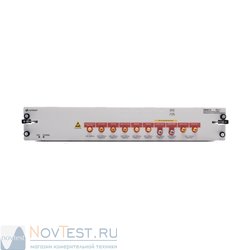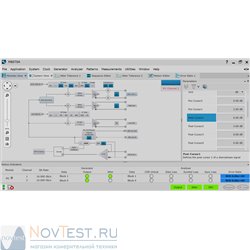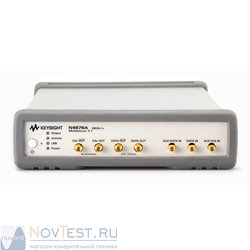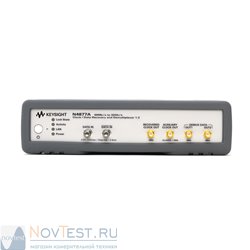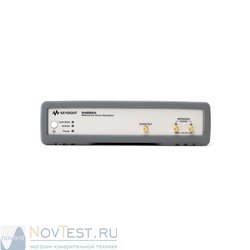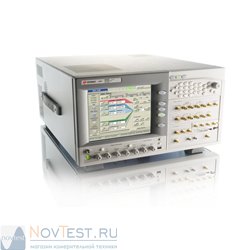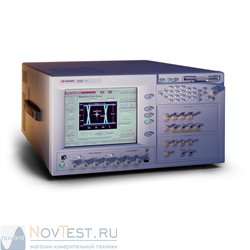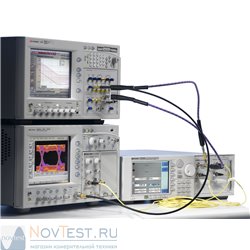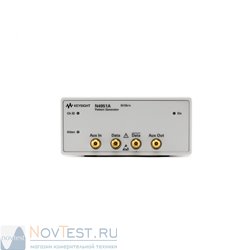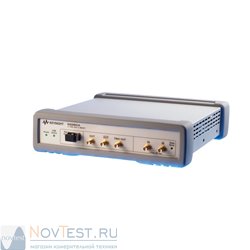Нет товаров
Товар добавлен в корзину
Товаров в корзине: 0. Сейчас в корзине 1 товар.
N4916B
N4916B

N4916B De-emphasis Signal Converter with Optional Clock Multiplier
- Убрать этот товар из моего избранного.
- Добавить этот товар в избранное.
- Печать
Описание - N4916B
Загрузить техническое описание
Why is signal de-emphasis needed?
The de-emphasis technique is used in the transmission of digital electrical signals at gigabit data rates. De-emphasis is a signal pre-distortion to compensate for signal degradations that occur when transmitting electrical signals with gigabit rates over PC board traces, backplanes, or long cables. With the next generation of serial bus standards operating above 5 Gb/s, sophisticated de-emphasis with multi-tap Finite Impulse Response (FIR) filtering will be needed.
Many popular high-speed digital interfaces use de-emphasis, such as PCI Express®, SATA, USB3, QPI, HyperTransport, IEEE 802.3 backplanes (10GBASE-KR, 40GBASE-KR4).
What does the N4916B offer?
The new N4916B de-emphasis signal converter enables R&D and test engineers to accurately emulate transmitter de-emphasis.
The N4916B can emulate transmitter de-emphasis with one pre- and two post-cursors and individually adjustable de-emphasis levels of up to 12.0 dB. With its DC-coupling it tolerates unbalanced pattern streams that often occur in training sequences. The N4916B is designed to be transparent to jitter when stimulated with jitter on data and clock signal, enabling emulation of real-world de-emphasis and jitter conditions that a receiver is expected to tolerate. De-emphasis can also be used to compensate for distortions caused by cables, fixtures or test boards in the test set for more precise device characterization results.

The new De-emphasis Signal Converter can be used as front-end for J-BERT N4903B, ParBERT or other gigabit pattern generators. It is controlled via its USB interface from the J-BERT N4903B user interface or from a stand-alone user interface with programming examples.
What does the the clock multiplying option of N4916B offer?
The clock multiplier option enables error counting and error analysis of devices using half-rate clocking. The full-rate clock is needed to use the error, eye or jitter analysis capabilities of J-BERT N4903B.
What are the key differences to N4916A?
- 3 adjustable cursors (N4916A has one post-cursor, sufficient for data rates < 5 Gb/s)
- Optional clock multiplier
- Stand-alone user interface
- Maximum data rate
- Aligned data and clock input signals are required with N4916B for full jitter transparency
- Size
PCIe is a trademark and PCI Express is a registered trademark of PCI-SIG
Accurate characterization of multi-gigabit serial interfaces using signal de-emphasis:
- Adjustable de-emphasis for one pre- and 2 post-cursors of 0 to 12 dB
- Supports data rates from 660 Mb/s to 14.2 Gb/s
- Tolerates non-balanced patterns
- Transparent to jitter
- Flexible usage as front-end for J-BERT N4903B, ParBERT 81250A or other pattern generators
- Optional Clock Multiplier(opt. 001)
- Small size
- Programmable via J-BERT N4903B or stand-alone


